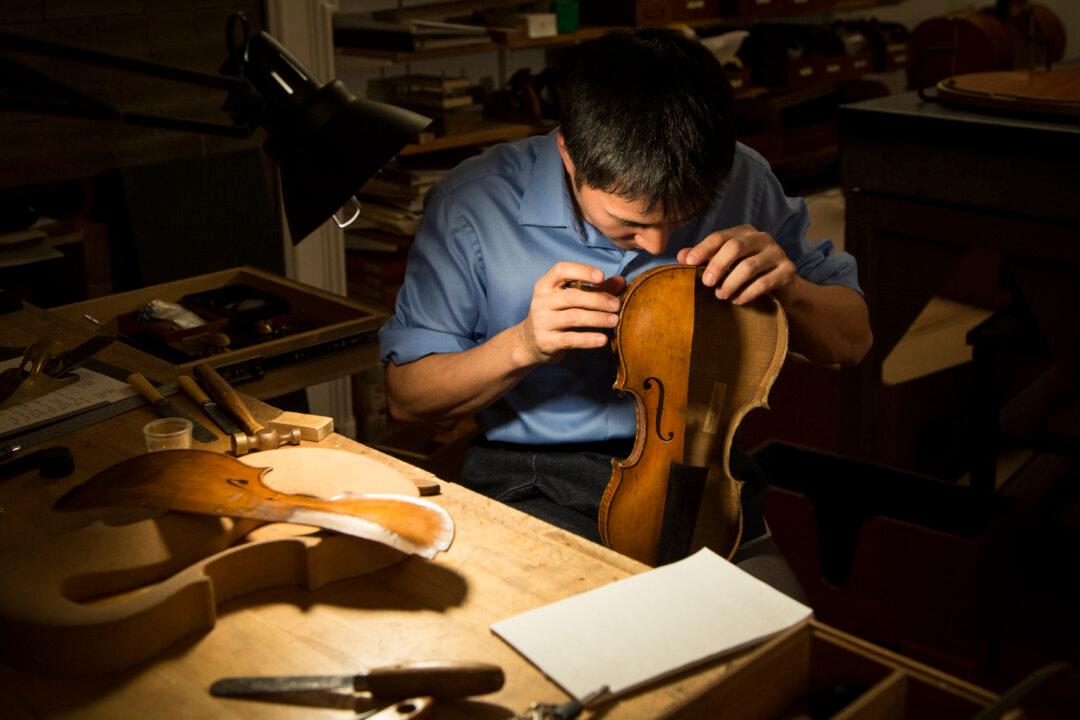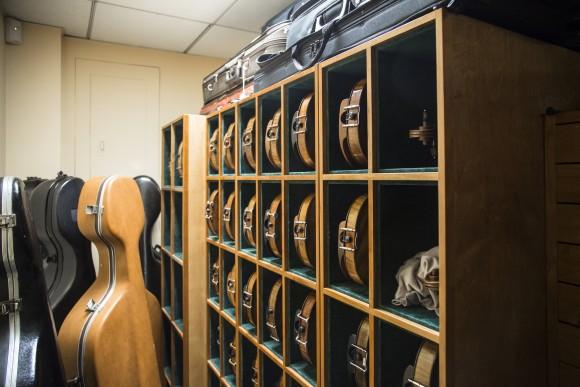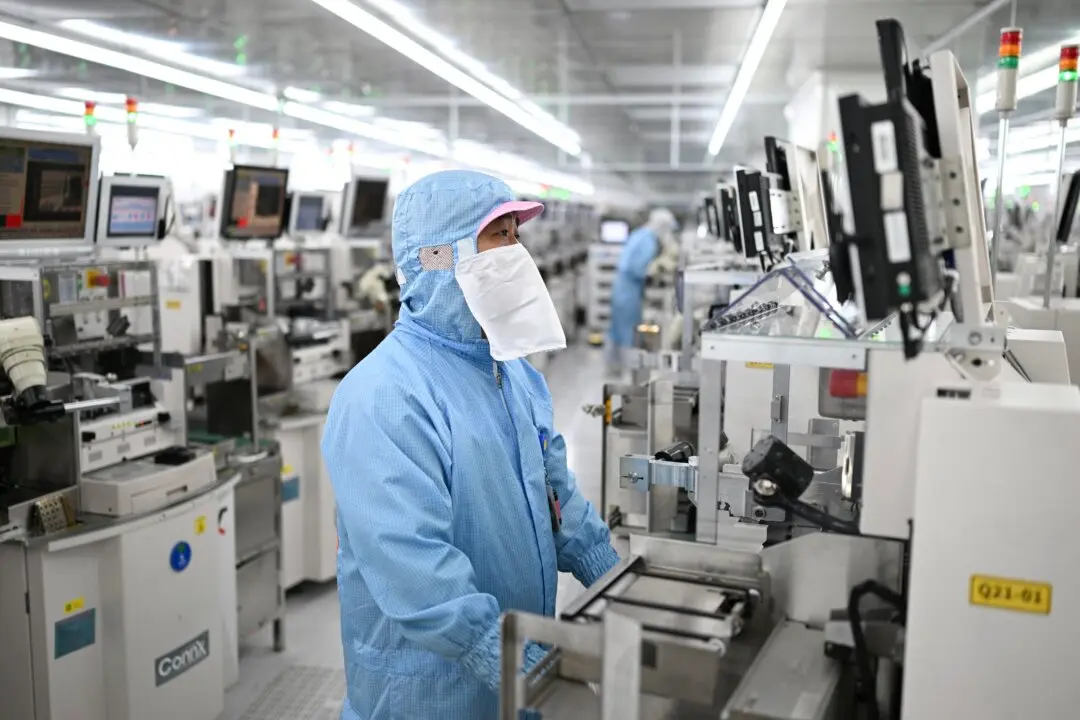NEW YORK—Thinking about investing in a Stradivarius or a Guarneri del Gesù? Well, sound is the very last thing you should consider.
When determining the value of a violin, it comes down to the maker of the instrument and the condition it is in, according to Bruno Price and Ziv Arazi, co-founders of Rare Violins of New York.
These considerations determine value because every instrument is distinct— the best ones even more so—and the most valuable and valued instruments require a certain level of skill and finesse to play, on top of a compatible playing personality.
Since Italian luthiers Antonio Stradivari and Giuseppe Guarneri (also known as “del Gesù”) crafted their instruments in the early 1700s, makers have looked to their genius and players have consistently coveted their wares.
Even today, a person with no interest in violins probably has some idea that a Stradivarius must be exceptional somehow—and probably worth a lot.
Rare Violins
“This is where the stupidly expensive ones are,” Price said, pointing to a top shelf housing several violins.







